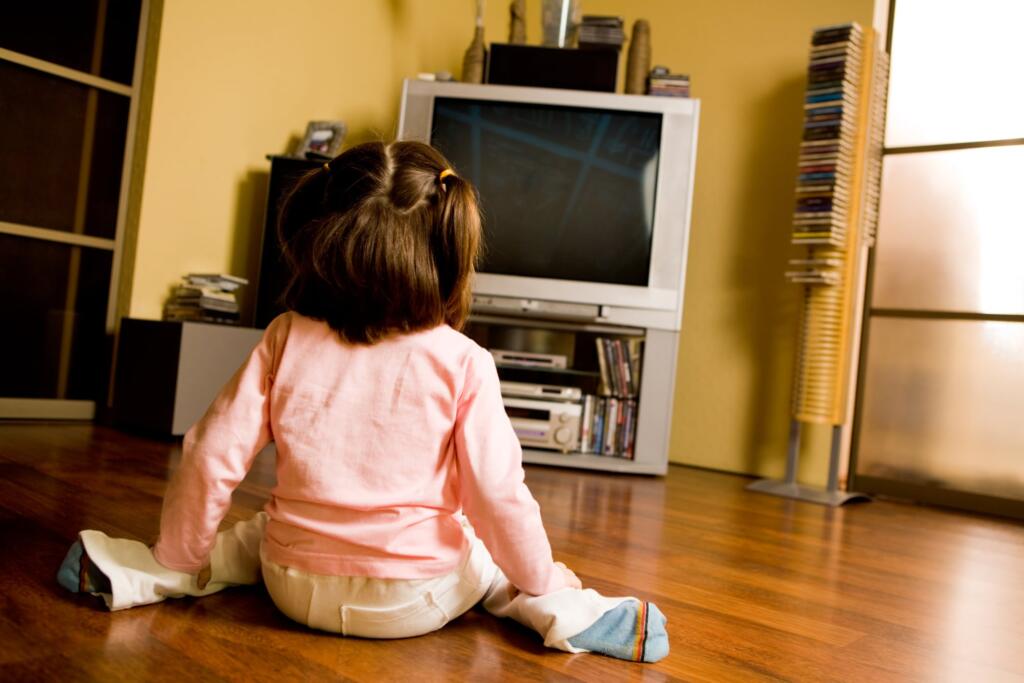Cartoon characters play a significant role in childhood memories. These characters deeply influence young minds’ developmental paths. The environment, including family dynamics, social conditions, and parenting styles, shapes children’s responses to cartoons. The effect of cartoons extends beyond entertainment, significantly impacting children’s growth.
Increasing Role of Cartoons
Historically present in comics, television, and movies, cartoon characters now have a more intricate role in children’s lives. Post-COVID, children’s exposure to cartoons has notably increased. This rise is due to factors like easy Internet access, smart devices, nuclear families with working parents, and limited interactive opportunities. Cartoons significantly impact social interactions and educational experiences, showing technology’s evolving influence on childhood development.
Children aged 2-11 often spend considerable time watching cartoons, often with limited parental monitoring. This trend has sparked debates about its influence on behavior, communication, and intelligence. The addictive nature of cartoons, with their vibrant designs and compelling themes, raises concerns among parents and educators. As cartoons become a staple in children’s lives, understanding their multifaceted effects becomes crucial.
Positive Impacts of Cartoons
Cartoons can enhance various aspects of children’s development. They stimulate creativity, expand vocabulary, and improve writing skills. These benefits play a crucial role in overall growth.
Creativity Boost
Cartoon characters inspire children, stimulating creativity. Through imaginative scenarios, children are encouraged to create their own stories. This imaginative play contributes to developing problem-solving skills and thinking outside the box. Children often mimic scenarios they see, using them as a foundation for their creative ventures.
Vocabulary Enhancement
Cartoons introduce new words, expressions, and concepts to young viewers, expanding their vocabulary. Exposure to diverse languages through engaging content helps children grasp and retain new words effectively. Additionally, the context in which these words are used aids in comprehension and application. Educational cartoons designed to teach letters, numbers, and other fundamental concepts provide a dynamic platform for language acquisition, significantly aiding cognitive development.
Writing Skill Improvement
The visual and narrative elements of cartoons significantly improve writing skills. By observing and engaging with well-defined characters, children enhance their storytelling abilities and written expression. This process encourages coherent thought structuring and effective communication. Educational cartoons also help develop specific language skills, reinforcing linguistic and cognitive foundations.
Negative Impacts of Cartoons
Despite their benefits, cartoons can have adverse effects. Exposure to violent cartoons may lead to aggressive behavior as children imitate on-screen actions. Studies show that children exposed to such content might develop tendencies toward aggression in real life, reflecting the behaviors they observe.
Distorted Reality Perception
Fantasy-driven content can create a disconnect from reality, making it challenging for children to distinguish fiction from real life. This disconnect can lead to unrealistic expectations and confusion about the world. Children may struggle with understanding the difference between exaggerated actions and appropriate real-world behavior.
Reinforcement of Gender Stereotypes
Cartoons often reinforce gender stereotypes, limiting children’s understanding of diversity and equality. Characters are frequently portrayed in traditional gender roles, influencing young viewers’ perceptions of acceptable behavior for boys and girls. This reinforcement can contribute to forming rigid gender expectations, restricting children’s potential and limiting their comprehension of diversity.
Exposure to Inappropriate Content
Some cartoons may contain inappropriate sexual content unsuitable for the intended age group. This exposure can lead to premature awareness of sexual themes, potentially influencing children’s attitudes toward relationships negatively. Parents must be vigilant about the content their children consume to prevent premature exposure.
Conflicting Values
Cartoons may convey messages or values that conflict with the moral and cultural principles parents or society seek to instill in children. This conflict can result in confusion and conflicts between the values endorsed by cartoons and those of the child’s cultural or familial environment. Children might find it challenging to navigate these mixed messages, leading to potential behavioral issues.
Cartoon Character Syndrome
Parents increasingly seek psychiatric consultations for children exhibiting behaviors influenced by cartoon characters. These behaviors include adopting accents, imitating mannerisms, and preferring clothing similar to cartoon characters. This phenomenon, termed “cartoon character syndrome,” involves physical, psychological, behavioral, and cognitive changes due to excessive cartoon watching. The rise of this syndrome highlights the need for awareness and intervention from relevant stakeholders.
Recommendations for Parents and Stakeholders
To balance the positive and negative impacts, appropriate regulations on cartoon exposure are crucial. Active parental involvement is essential in selecting and monitoring age-appropriate content. Parents should be encouraged to watch cartoons with their children, providing guidance and context for the content viewed.
Limit Screen Time
Limiting cartoon-watching time and discouraging using cartoons as a quick fix for tantrums is important. Encouraging children to engage in other activities, like reading, outdoor play, and creative pursuits, provides a more balanced developmental experience.
Promote Alternative Activities
Emphasizing the importance of interactive and physical activities beyond screen time promotes holistic development. Children should be encouraged to participate in group activities that foster social skills, teamwork, and a sense of community. This approach helps counter the solitary nature of cartoon watching.
Educate on Fantasy vs. Reality
Educating children on the distinction between cartoon fantasy and real-life situations fosters a healthy understanding of media content. Parents and educators should explain the difference between fictional scenarios and real-world consequences, helping children develop critical thinking skills.Conclusion
Cartoon characters profoundly influence childhood development, presenting both positive and negative impacts. While they enhance creativity, language skills, and cognitive abilities, concerns about aggression, distorted reality perception, gender stereotypes, inappropriate content, and conflicting values persist. Balancing these aspects requires careful consideration.
The phenomenon of cartoon character syndrome underscores the need for further exploration. Active parental involvement, time management, and promoting activities beyond screens are essential for navigating childhood development in the digital age. By implementing these strategies, parents and stakeholders can ensure a balanced approach that maximizes the benefits of cartoons while mitigating potential harms.
ALSO READ:Intermittent Fasting: Good for Cardiovascular Health, But A Big No For Brain
